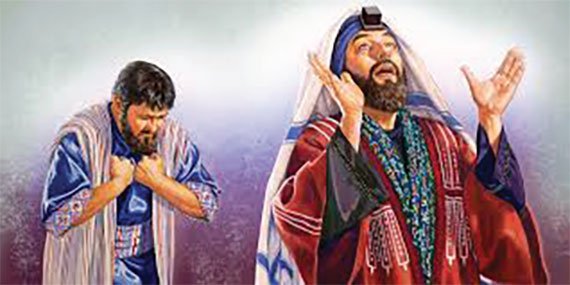….Being A Sermon Delivered on First Sunday of Advent.
The Advent season has come. The season that reminds us of peace even in the midst of darkness. The prophet Isaiah describes these times using the image “pruning hooks” (read Isaiah 2: 4). A pruning hook is an instrument that was used by Israelite farmers to cultivate the land and feed the people. It is meant to remind us of growth and development, not war and discord. At the time of Isaiah’s prophecy, the kingdom of Judah was preparing for war.
Jerusalem, the capital city, was in danger of being destroyed, yet Isaiah saw a bright future; Jerusalem, far from being destroyed would be the center of the world and the starting point of movement towards universal peace (Is. 2: 1-5). Yet Isaiah sees hope, where all others see war? This prophet had the audacity of hope, the firm belief that things would get better, and so he awakened the people to turn their spears of war into pruning hooks of peace and growth through hard work. That’s the “good news” this season (advent) brings to us.
This year, no doubt has been a year full of “wars” for some. There are lots of threats from one end to another. Even now, there are threats of terror going around, bandits hiding in bushes ready to attack. Denials of Christian genocide even when brothers and sisters are being massacred in their numbers. Our security is being threatened from within and from outside.
Within our households are disagreements and discord in all corners. They are even quarrels and lots of fights among family members Yet now, more than ever is the time to turn these war instruments into pruning hooks, otherwise, we are not ready for the season. Jesus also used familiar images, not necessarily to cause fear, terror or anguish in our minds, but to remind us of the need to be VIGILANT if we must claim the peace he offers us this season (Matt. 24: 37-44). It is not going to be a walk-over. We must be VIGILIANT.
In Noah’s days, there were two kinds of people: those who failed to shine their eyes, but were concerned with enjoying themselves alone and those who were vigilant, who foresaw the coming of the flood, who heeded God’s warning and became the fathers of a new humanity (vs. 37-39). The people in Noah’s day were going on with their day to day lives, doing normal things. Some were working in the fields and grinding flour (Vs. 40-41).
Many didn’t live sinful lives but perished with the flood. Their only crime was: not “shining their eyes” to the times they lived in. they were not quite awake to prevent the Burglar (v. 43). The peace Christ offers can only be claimed with vigilance. Yes, true peace is won at a high price, and we must stand ready to claim it because Jesus offers it to us at a platter of gold at this special season of advent.


